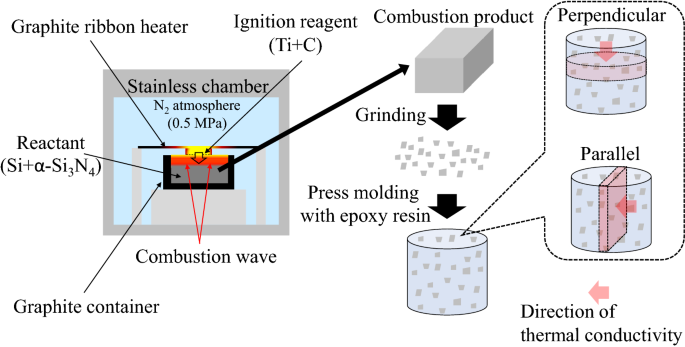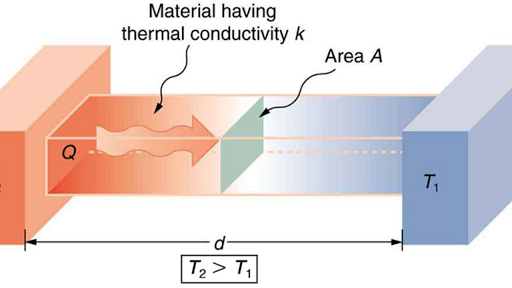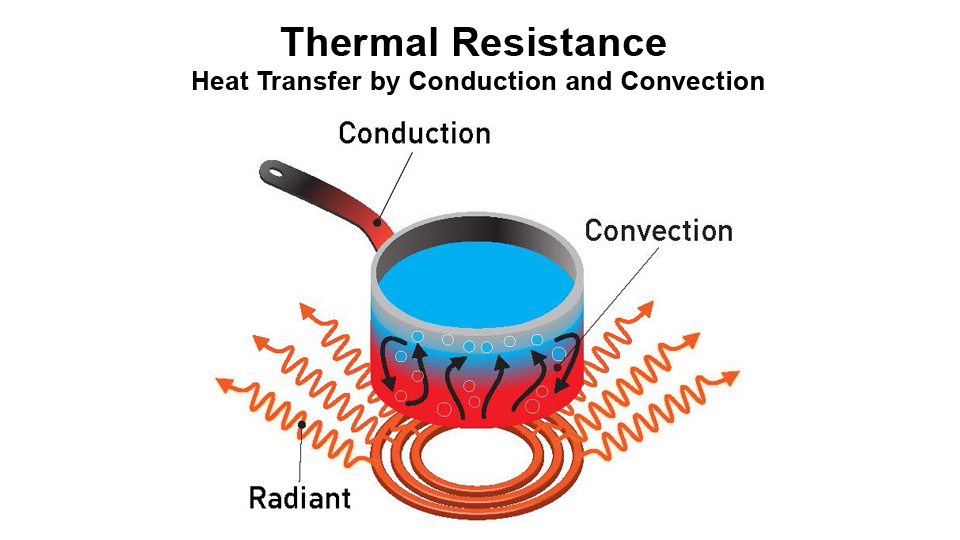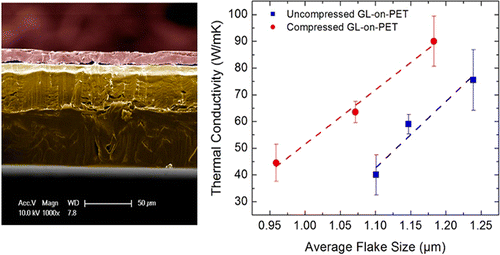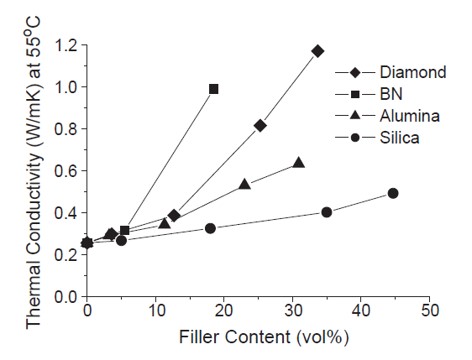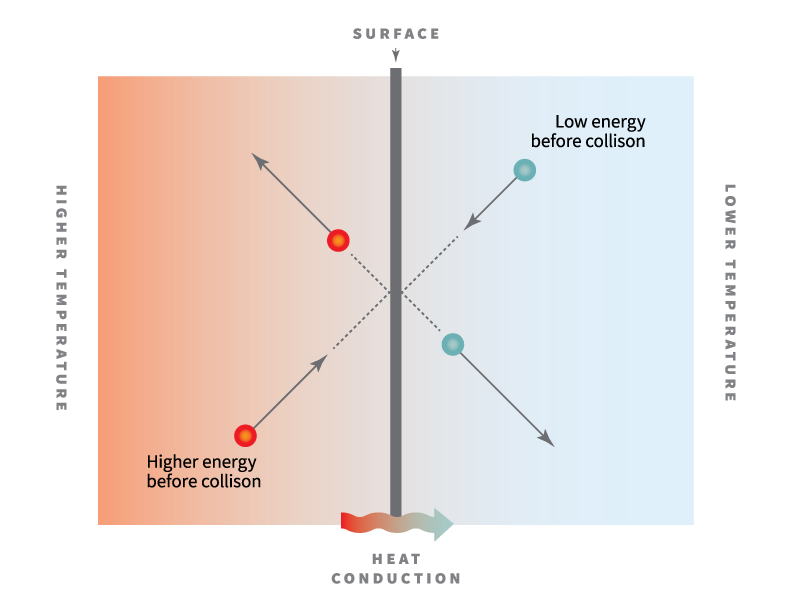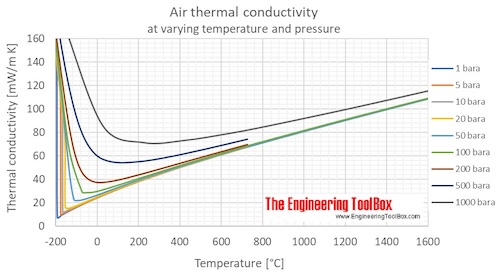Nice Info About How To Increase Thermal Conductivity
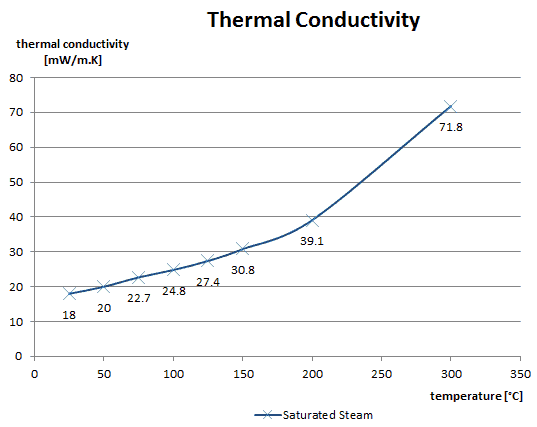
We investigated the section at a given temperature of 300 k.
How to increase thermal conductivity. The first one is to disperse the powders or nano particles of high thermal conductivity material. 20% nanomagnetite addition increases thermal conductivity by. You can also increase the heat transfer by having a rough surface that increases the surface area.
Using materials that are able to withstand higher operating temperatures. There are mainly three methods to prepare the composite with the enhanced etc: There are a couple of solutions.
Thermal conductivity of the cpcms is increased by 2, 3.6, 5.3 and 6.4 times over the composite salt, respectively. We can do this by. The predicted thermal conductivity of silicon wafers based on the tersoff potential thickness varies between 1.62 and 9.19 nm.
K = thermal conductivity (w/m•k) \(l\) = thickness (m) \(r\) = thermal resistance (m 2 k/w) thermal conductivity to. Increasing the thermal conductivity of the pcb for improving the heat dissipation. Every substance has its own capacity.
Therefore, the thermal conductivity can be obtained via the following equation: Methods to characterize effective thermal conductivity, diffusivity and thermal response in different classes of composite phase change materials. \[ k = \frac{l}{r} \] where:
It can be concluded that thermal conductivity of cpcms increases. These composites can then be used for. Stretching polyethylene at the nanoscale results in a more ideal single crystalline fiber which dramatically boosts its level of thermal conductivity to that of pure metals such as.
